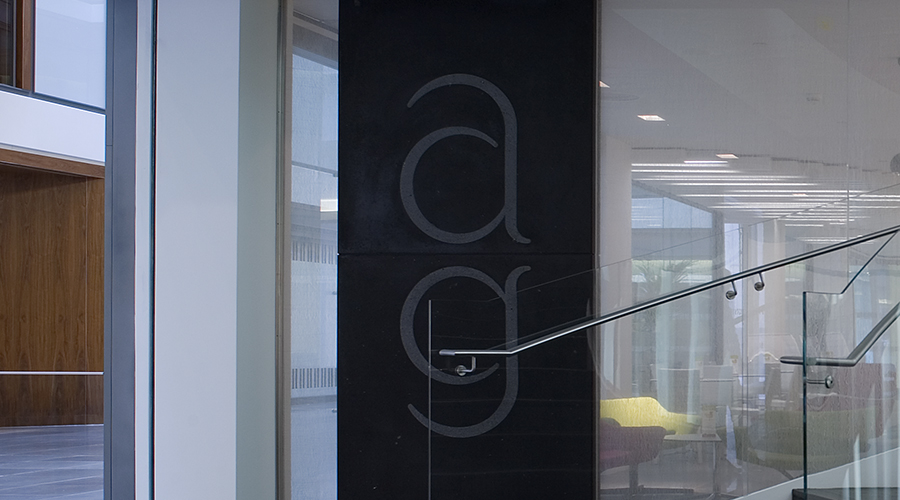On 18 September 2018, the Migration Avisory Committee (MAC) published its report on the impact of EEA migration in the UK. The report proposes a design for a new immigration system which would be in place after the end of the Brexit implementation period in 2021. Read the key points here.
What does the MAC report say?
On 18 September 2018, the Migration Avisory Committee (MAC) published its report on the impact of EEA migration in the UK. The report proposes a design for a new immigration system which would be in place after the end of the Brexit implementation period in 2021. The report includes evidence about the impact of migration on different regions and business sectors. The key points for employers include the following:
- The MAC report makes recommendations about what they think the system should look like for high-skilled, medium-skilled and low-skilled workers. They suggest a policy which provides greater access for higher-skilled and medium-skilled migration whilst restricting access for lower-skilled workers.
- Their recommendation is that Tier 2 (General) be extended to cover EEA citizens in high and medium-skilled roles. In particular they propose:
- the abolition of the Tier 2 (General) cap;
- that medium-skilled jobs would also be eligible for sponsorship under Tier 2 (General);
- the retention of the £30,000 salary threshold;
- that the Immigration Skills Charge should also cover EEA citizens;
- the abolition of the Resident Labour Market Test; and
- that it should be easier for migrants sponsored under Tier 2 to change employers in-country.
- The MAC report does not recommend having distinct migration routes for any specific sector, except for the possibility of a seasonal agricultural workers scheme. They also do not recommend any special migration routes for public sector workers or a differentiation of rules (for example, salary threshold) across regions.
What does this mean for employers?
It now seems likely that the Tier 2 (General) system is here to stay. There is a realistic prospect that this system will be extended to all migrants who enter the UK for the first time after the implementation period in 2021.
Employers who have previously not required a Tier 2 sponsor licence or who may not have hired employees from outside of the EEA may now wish to consider whether they will need a Tier 2 sponsor licence in the future.
There is also an increased possibility that the repeat checks required as part of the right to work obligation placed on employers, where a migrant has a time-limited right to be in the UK, may be needed for all non-UK national employees, until they have obtained an indefinite right to remain in the UK.
What are the next steps for employers?
- Continue to monitor the developments in this area and await further policy updates in the form of the Immigration White Paper.
- Review your right to work processes and how you carry out repeat checks for all migrant workers.
- If you do not have one already, consider whether you will need a Tier 2 sponsor licence in the future and if so, what steps you will need to take in order to apply for a licence.
- If you rely heavily on low skilled-migrants consider reviewing your business plans now to prepare for the potential loss of free access to lower-skilled EEA workers.

